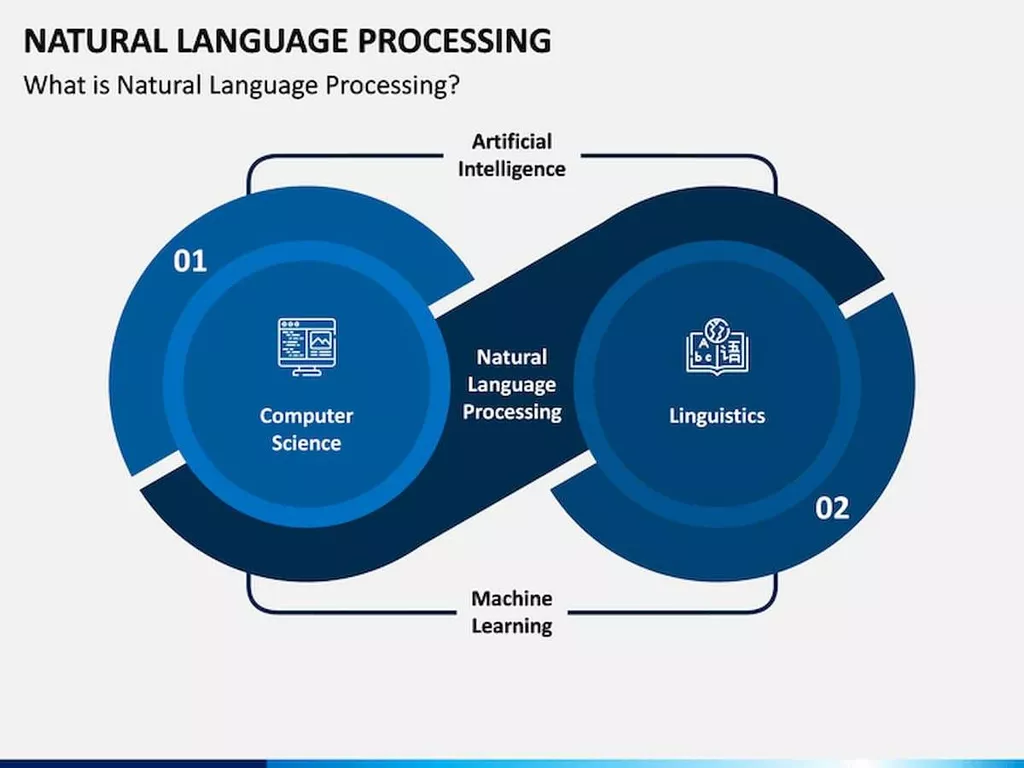What is the difference between the system development life cycle and the software development life cycle? The system development life cycle involves end-to-end people, processes and technology deployments, which includes software, infrastructure and change management. The software development life cycle focuses exclusively on software components, such as development planning, technical architecture, software quality testing and the actual deployment of the software. Put simply, the system development life cycle is more holistic and comprehensive. The agile methodology produces ongoing release cycles, each featuring small, incremental changes from the previous release.
This includes the internal development of customized systems as well as the acquisition of software developed by third parties. A system development project includes all the activities from the time a potential requirement has been identified until the system has been fully implemented. The SDLC is a foundational concept that can be implemented in practice in numerous different
ways. Teams decide which systems development life cycle methodology to follow based on the
project’s specifics, programmers’ experience, client’s preferences, and other factors. But
no matter which option they choose, the process will contain all SDLC phases. The difference
is how these phases are structured and which one gets the largest share of the attention.
Travel Management Mobile App
Knowing the structure and nuances of each model can help to pick the one that best fits your project. The verification and validation model tends to be resource-intensive and inflexible. For projects with clear requirements where testing is important, it can be useful.

Instead, the emphasis is on finding the balance between quality and speed. Other less common SDLC phases that are still worth knowing are dedicated steps for deconstructing apps, retiring software, and writing documentation. A product’s SDLC must be a living process that the team regularly updates (or at least reviews). Keeping an SDLC up to date takes a combined effort of business analysts, developers, QA staff members, and stakeholders. With little room for revisions once a stage is completed, problems can’t be fixed until you get to the maintenance stage.
System Development Life Cycle
Each stage has a separate project plan and takes information from the previous stage to avoid similar issues (if encountered). However, it is vulnerable to early delays and can lead to big problems arising for development teams later down the road. Perhaps most importantly, the planning stage sets the project schedule, which can be of key importance if development is for a commercial product that must be sent to market by a certain time. Object-oriented analysis and design (OOAD) is the process of analyzing a problem domain to develop a conceptual model that can then be used to guide development. During the analysis phase, a programmer develops written requirements and a formal vision document via interviews with stakeholders. An SDLC is a conceptual outline of the software creation process, while Agile is a project management methodology that focuses on a cyclical, iterative progression while building software.

SDLC provides a number of advantages to development teams that implement it correctly. The agile model is relatively well-known, particularly in the software development industry. The Big Bang model is incredibly flexible and doesn’t follow a rigorous process or procedure. It’s mostly used to develop broad ideas when what is the systems development life cycle the customer or client isn’t sure what they want. Before we even begin with the planning stage, the best tip we can give you is to take time and acquire proper understanding of app development life cycle. Security is critical – especially when the purpose of the system development life cycle is to create software.
Steps in SDLC
The following diagram shows the complete life cycle of the system during analysis and design phase. Once a system has been stabilized through testing, SDLC ensures that proper training is prepared and performed before transitioning the system to support staff and https://www.globalcloudteam.com/ end users. Training usually covers operational training for support staff as well as end-user training. In systems design, functions and operations are described in detail, including screen layouts, business rules, process diagrams, and other documentation.

As a rule, these features help to finalize the SRS document as well as create the first prototype of the software to get the overall idea of how it should look like. Want to improve application quality and monitor application performance at every stage of the SDLC? Try out Stackify’s Retrace tool for free and experience how it can help your organization at producing higher-quality software. For example, define a nomenclature for files or define a variable naming style such as camelCase.
Steps to Secure the SDLC
Where variances are permitted on a temporary basis, tracking is initiated to ensure that variances are resolved in accordance with an agreed-upon schedule. Prepare a formal project request to initiate all system development and integration activities. The request should include the project objectives, users of the system or application, criticality in terms of confidentiality, integrity and availability, and key time frames for completion. The incremental model illustrates the software development process in a linear sequential flow.
Remember that you do not have to pick only one of the models discussed above—many companies benefit from combining two or more SDLC methodologies into a unique hybrid model that fits their specific use case. The V-shaped model (also known as the Verification and Validation Model) requires the team to run coding and testing tasks in parallel. Different SDLC methodologies (or models) prioritize different aspects of product creation and measure success in unique ways. Let’s look at the most popular SDLC methodologies you can adopt at your company. Ideally, the deployment phase happens automatically (typically as a part of CI/CD).
The De-Facto Method of Creating Modern Software
Software is the most-attacked part of the security perimeter, and more than half of all successful security breaches begin with an attack on an application. Relevant questions include whether the newly implemented system meets requirements and achieves project goals, whether the system is usable, reliable/available, properly scaled and fault-tolerant. Process checks include review of timelines and expenses, as well as user acceptance. Many of these models are shared with the development of software, such as waterfall or agile.
- They should also use automated methods to discover security problems in their code and the open-source libraries they use.
- At the deployment stage of a software development life cycle, a finished product is rolled
out in a production environment. - They are experts at studying a system, process, or procedure to come up with the best solutions.
- If the team discovers a defect, the code goes back a step in its life cycle, and developers create a new, flaw-free version of the software.
- It should also address the installation activities and coordination with system users.
- This activity will help you assess your knowledge regarding the phases of the systems development life cycles.
- Vulnerabilities may seem small on their own, but when tied together in an attack path, they can cause severe damage.
Development and operations are merging into a DevOps capability, as the boundaries between disparate teams has been slowly dissolving in favor of a streamlined and synchronized approach to development. Threat Modeling – Bring your application design weaknesses to light by exploring potential hacker exploits. Spot design flaws that traditional testing methods and code reviews might overlook.
What You Need to Know About System Development Life Cycle
They are usually involved from the beginning stages of a project and up until the post-evaluation review of the solution. The SDLC ensures that project development is sufficiently integrated to provide adequate security in the resulting system or application. The SDLC should be documented and project development activities should conform to them; all should be guided by written standards and procedures for each phase. One approach to software development that has gained a lot of interest in recent years is rapid application development, or RAD.
